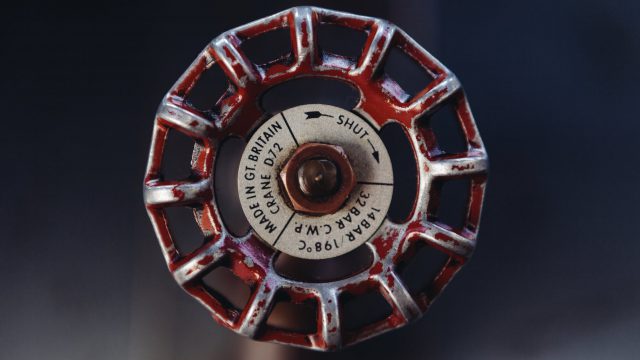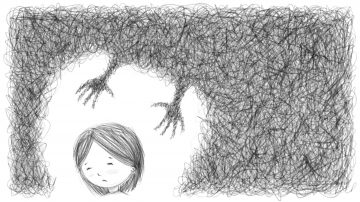Self harm is common, and includes many ways of behaving that cause us harm, from dangerous sports to overwork. Self injury is one kind of self harm, where people cause injury to their bodies. It’s often confused with suicide attempts, but is, in fact, the opposite. It’s a coping mechanism that helps us to survive overwhelming inner pain.
Having begun to self injure in childhood, my self injury escalated in my twenties until I was often cutting or burning myself daily, needing medical treatment from my practice nurse and A&E. Gradually I was able to reduce the frequency and severity of my self injury, but, although months could go between incidents, I didn’t actually stop until I got into my 40s. It was a long, difficult road to healing and I couldn’t have done it alone.
So what led me to self injure? How did it help?
As a child and young adult, I had difficult feelings that I didn’t understand. I had a traumatic childhood but this seemed normal to me, so I couldn’t understand or justify to myself why I felt such unbearable inner turmoil and pain. I had no language for my feelings and felt like I had no right to them. Hurting myself was a tangible way of feeling and expressing that pain. It was something I could see and feel physically, and also something that I could care for and watch heal, unlike the unresolved storm inside. It was a way of making my feelings real to me, as well as of punishing myself for them. I returned to self injury time and again because it worked. It was the valve on the pressure cooker that released the steam.
So how did I stop?
For years I didn’t want to stop. I wanted to understand what was going on inside, and I wanted to find better ways of coping, but I was terrified that, if I sought help, people would try to make me stop doing the thing that was keeping me alive. I couldn’t survive my pain without hurting myself. In the end I sought help for other mental health conditions and didn’t talk about my self injury until I was in therapy.
Therapy was a long, excruciating and life-saving experience. There’s no way that I could have stopped self injuring without it, because I had to learn how to truly feel my feelings (a terrifying prospect) and find out what in my past and present was causing me such overwhelming pain. These things took years, and the current move towards short term therapy couldn’t have met my needs.
Other than the therapy itself, I needed to learn to sit with my feelings and feel that depth of anguish, initially for only minutes, but gradually trusting that I could survive my feelings without reaching for self injury. Another thing that really helped me was to give myself permission to self injure, but not yet. Permission was essential as otherwise the pressure would increase the sense of being overwhelmed, but the crucial ‘but not yet’ was about delaying the self harm initially for 5 minutes, and gradually for days, weeks, months.
At first when I started to talk about and process my trauma, my self injury increased. I had a lot to cope with and I used the way I knew. But gradually, as I began to express my feelings in a safe place and learned to sit with them without trying to make them go away, I self injured less.
It still took many years to stop altogether. I could go for months without hurting myself, then hit a crisis and turn back to self injury to survive. But as my self esteem and quality of life have improved, and I have been able to better live with my past, I have wanted to take positive steps to do the opposite of self harm, to actively take care of myself. And that, ultimately, is how I have been able to stop self injuring.



